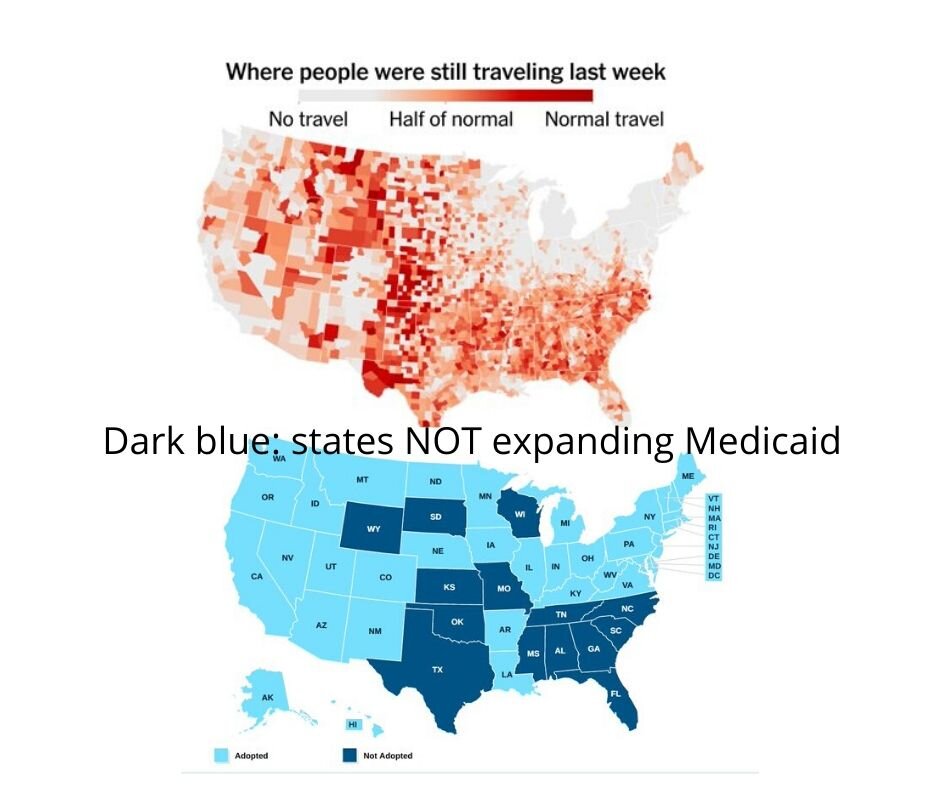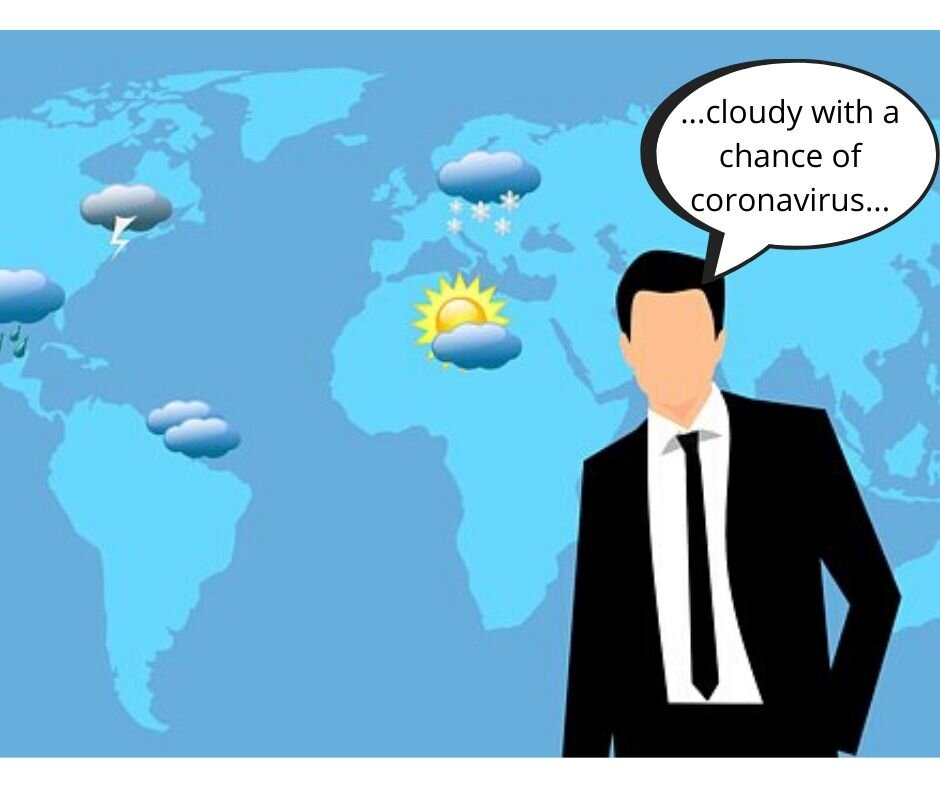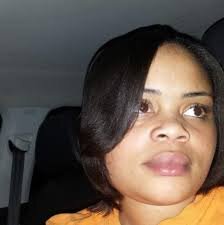So much has already been written, from people more qualified than myself, on the racial, spiritual, social, and political dynamics/implications in the above image that it’s best for me to link to their work here rather than running the risk of “whitesplaining” it. (The subsequent murder of Joshua Brown, a key witness in convicting Guyger, has been a deeply troubling development that merits its own blog post).
The One-Sided Nature of Black Forgiveness
Botham Jean, Amber Guyger and the Delusion of Forgiveness
Amber Guyger was hugged by her victim’s brother and a judge, igniting a debate about forgiveness and race
Dear White People: About Botham Jean, Forgiveness, Justice, and Cheap Grace
Adam Serwer, one of my favorite writers, wrote this in his Twitter feed: “We would be living in a very different world if many of the people who exult in black displays of forgiveness reciprocated that grace and mercy but that’s not reflected at all in our criminal justice policy, and it makes you question what they really find compelling about it.”
Even before this week, many other influential writers have written on this same topic. Links to two of those pieces are below in the footnotes.[1]
The story of Brandt Jean’s forgiveness for his brother’s killer has stirred passionate discussion within my social and professional circles. To a great extent I agree with writers such as Sophia Nelson, Anne Branigin, Hannah Knowles, Karyn Carlo, Jenn M. Jackson, Roxane Gay, and Adam Serwer. As a white male writer, there isn’t much I can add to their words on the racial dynamics of this and how it fits into a larger context of racism in the US. I would not presume to be able to write from their perspectives on this deeply personal issue.
Instead, for what it’s worth, I’m interpreting Brandt Jean’s gesture of forgiveness through the lens of what I’ve learned from the recovery community, and that is the angle I’m using for this blog post.
For regular readers of this blog, you’ll know I’m a huge fan of the recovery community, specifically 12-step programs such as AA, NA, Al-Anon, ACA, etc. I first came into serious contact with them when I was suicidal and hospitalized for depression in 2012. It changed my life. Although I have never struggled with addiction or alcoholism, suicidal ideation is a sort of compulsion in itself. What I learned from my brothers and sisters in the recovery community has helped me with my mental and spiritual health since. Because of them, and what I learned from the wisdom of these programs, I’ve learned to live with my mental illness. I’m deeply grateful for all I’ve gained from their fellowship. So much so that I frequently tell people that my near-suicide and hospitalization was the “best worst thing” that ever happened to me. And, like many in the AA community, I often feel like everything I own should be stamped with “Property of Alcoholics Anonymous” because everything I have today I owe to these programs of recovery and the way of living I learned from them.
Since September 25, 2012 (the day of my hospitalization), I’ve worked through the 12 steps twice. I attend open AA meetings regularly. I meet with a sponsor each week. My sponsor, Terry B., has thirty-eight years of sobriety and serves as my spiritual director as well as friend.[2]
It’s a story my sponsor told me this very week on the nature of forgiveness and acceptance that I thought of while looking at that photo of Brandt Jean embracing Amber Guyger. Terry was telling me about a sponsee he had years ago. We’ll call him Jack. Jack was bitter and angry with so many of the people in his life, including his wife and his mother. Terry was trying to help Jack through a step 4 inventory,[3] wherein a sponsor guides a sponsee through their transgressions, their resentments, and their fears. The ultimate goal is to help the sponsee recognize their part in these lingering sources of toxic thoughts so they can remedy that. But Jack simply could not let go of his anger, his resentment, and thus his sense of persecution and victimization—especially from his wife and mother. Sensing they were reaching a critical juncture, Terry got up, walked around the table he and Jack were working at, and sat down next to Jack. Terry looked him in the eye and said, “Listen Jack, if you can’t find a way to forgive your wife and mother, it will kill you.”
Jack couldn’t.
He was dead within a year.
I’ve heard many speakers and many folks disclose in AA meetings how, despite never being apologized to by those parents/spouses/family members/bosses/friends/strangers who had hurt them in the past, they HAD to find it in their hearts to forgive them. They didn’t do this because grace required it of them. They did it because their own sobriety depends on it. They have to let go.[4] They have to forgive because they know that resentments, over time, are toxic and otherwise will lead to poor spiritual health, a loss of sobriety, and death.
The stakes are that high with alcohol, addiction, and I would say, many other forms of mental illness, like my own.
So when I see Brandt Jean embracing Amber Guyger and forgiving her, I see him doing it less for her and more for himself. It is part of his own healing process. To an extent, many writers and commentators have acknowledged this in the articles linked to above.
And then there are the people of the world who are claiming this act to be more than it is. These folks (mostly white) want to see it as absolution for all white people who have benefited from racial injustice.[5] These white folks see this gesture as an example for all black people to follow. They see it as a justification for black people to abandon black rage all together.
Writers of color and their allies are right to push back against this gross misinterpretation. And I agree with the theologians and essayists pointing out how, throughout history, the Christian notion of “turn the other cheek” has been perverted—even weaponized—by white oppressors and their enablers. “Turn the other cheek” has been used to justify enslavement, discrimination, and to delegitimize the righteous anger of many oppressed communities.
And I agree with Sophia Nelson in the Washington Post: it is by no means fair that forgiveness only goes one way. Full stop. It just ain’t. Add to that, I don’t think it’s fair that so many of my friends in the recovery community have had to forgive deadbeat dads, abusive spouses, and exploitative pimps, even though some of these individuals never asked for it.
It’s not fair . . . but . . . what do we do? . . . what do I do with that lingering sense of injustice?
It certainly motivates me in my work for social change, whether that is on the page or hands on. But humility forces me to recognize that my sphere of influence is much, much smaller than I’d like to admit. Friends in AA have insisted to me that I should envision a hula hoop around me. That gives me a clear picture of how wide my circle of influence and control really is. That sucks. The hard truth I have to admit is that, through my power and influence alone, I’ll never be able to right all the wrongs and restore justice to the world.
My fellow journeyers in the recovery community, with more years than I, have said to me, “Ted, life doesn’t offer justice. It just is.” Terry would tell me that 99.99 percent of the world’s problems don’t have my name on them and that the 00.01 percent that do will keep me more than busy. So I’m left to practice humility, recognize it’s not on me to fix everything wrong with the world. I need to practice acceptance that I won’t be able to fix it all. And I need to practice trust that my higher power/God will.
In other words, I should stop trying to play God, fixer, and/or savior and just keep my side of the street clean, or in my sponsor Terry B.’s words, “I want people to heal, to get better, especially my sponsees, but I have to love them whether they do or not. And if they get better or not, ultimately, its none of my f***ing business. It’s their business and God’s business. When my service to them turns into ‘saving’ them, that is just another form of pride.”
How is that for humility and radical acceptance?
It’s not that Terry would ask me to forget the slights and injustices in the world. He’s moved by them as much as I am. I’m certain of that. And he certainly encourages me in my own work to try to affect positive change. But Terry reminds me of the importance of letting go, of not making my anger at injustice or unfairness too deep a part of my identity. He’s warned me that holding on to resentments for the world’s injustices—the ones that affect me directly or the ones that affect others—can be toxic for the soul.
Like it was for his sponsee Jack.
Boy, that is hard to hear. Really hard to hear for a recovering control freak, do-gooder, aid worker, with a history of poor boundaries, virtue signaling, and a chronic case of “white savior-dom.”
But I think Brandt Jean knows this even better than I do.
This “letting go” certainly doesn’t excuse us from the work of social change. Not at all. Although I think that is what some white folks, looking for absolution, want to read into Brandt’s gesture. They shouldn’t. But keeping in mind our humility should right-size us, help us (or at least me) see our selves and our work in perspective.
I wouldn’t want to go as far as to say Brandt was making a statement on race relations or racial justice. Those things are way outside his hula hoop. But what was in his sphere of influence right then and there was Amber Guyger. And faced with the opportunity to forgive, he took it. Might that have an impact outside that courtroom, outside his hula hoop? Maybe, but (fortunately) that’s not on his shoulders either. As for how our personal and intrapersonal interactions go out into the universe as a force for good, a force for change, that is an answer that is beyond our pay grade, and I think is the very “mystery” theologians talk about when they talk about the mystery of grace and the paradox at the center of it. We’re either all deserving or none of us are.
I’m afraid the answer is that both statements are true.
But it’s 12 steps, not four. And for spiritual health there are other steps that I lean on for understanding the contradiction in that. It’s steps 8 and 9: making a list of those we have harmed and making amends to them.
Bear with me.
See, step 4 deals with how we have been victims (or perceived victims). Steps 8 and 9 deal with how we have victimized others. Part of the transformational practice of the 12 steps is to be responsible for what you can control (what is inside your hula hoop). If you have harmed others, and if you wish for your own spiritual healing, then not only are you called upon to apologize, but you are required to go further and make amends.
Amends means more than saying “sorry.” Making amends implies that true healing comes in four parts: (1) expression of regret; (2) acceptance of responsibility; (3) acknowledgement of the impact on others; (4) a remedy, an act of restitution to the injured party or (when that route is unavailable) paying it forward to others.
But here’s the thing: AA will tell us that if we’re the injured party, we can’t wait around for amends from others! They might never come. What I’ve heard folks say in meetings is that, “I had to forgive [my father/my abusive ex-spouse/my pimp], otherwise I would be a victim of them for the rest of my life.” And in recovery we must accept that we have no control over that person and/or whether they ever apologize. They are outside our hula hoop.
Yep, we have to let it, let them, go.
On the other side of the victim/victimizer equation, if you are the party that injured others (the victimizer, e.g. Amber Guyger), then these steps of making amends are part of your path back to wholeness. Again, I don’t confuse Brandt Jean’s forgiveness of Amber Guyger with absolution for her (or all white people—it’s definitely not that). Brandt’s graciousness is inviting Amber down a long road of reflection, restitution, and reconciliation. Amber’s admission of responsibility certainly makes it easier for Brandt to forgive her, but he likely knows he would have had to forgive her whether she asked for it or not—for the sake of his own healing. Just like so many of my friends in the AA fellowship have learned. If they didn’t want to be eaten alive, defined completely by their hurt and anger, they’d have to forgive—even the victimizers who never asked for it.
It’s not fair. It’s not justice. It just is.
As for Amber Guyger, she still has a long road ahead of her. But no one is irredeemable. Her jailtime and (hopefully) the inter- and intrapersonal work she will do in the future will all be part of her road to healing.
In closing, when I see Brandt Jean embrace his brother’s killer, I see a man taking care of himself and his soul. No more, no less. It’s rarely the easy path. I admire him for taking it. I hope that, for Amber Guyger, it’s the first step to redemption. But that work will be within the exclusive domain of her and her creator, in the space of her own hula hoop.
_______________________________
[1] Jenn M. Jackson: Why Is Forgiveness Always Expected from the Black Community After Violence Occurs?; Roxane Gay: https://www.nytimes.com/2015/06/24/opinion/why-i-cant-forgive-dylann-roof.html
[2] Although many members of the AA fellowship would not claim it, I’d say that the people I have met in the rooms of AA are better “Christians” than many of the people I meet who vaingloriously claim that label for themselves.
[3] To make a searching and fearless moral inventory of ourselves.
[4] “Let go and let God [handle it]” is a frequent manta in AA.
[5] That is 99.99 percent of white people, if you are wondering.












